Most Important Cement books and Manuals and Excel Calculation sheets
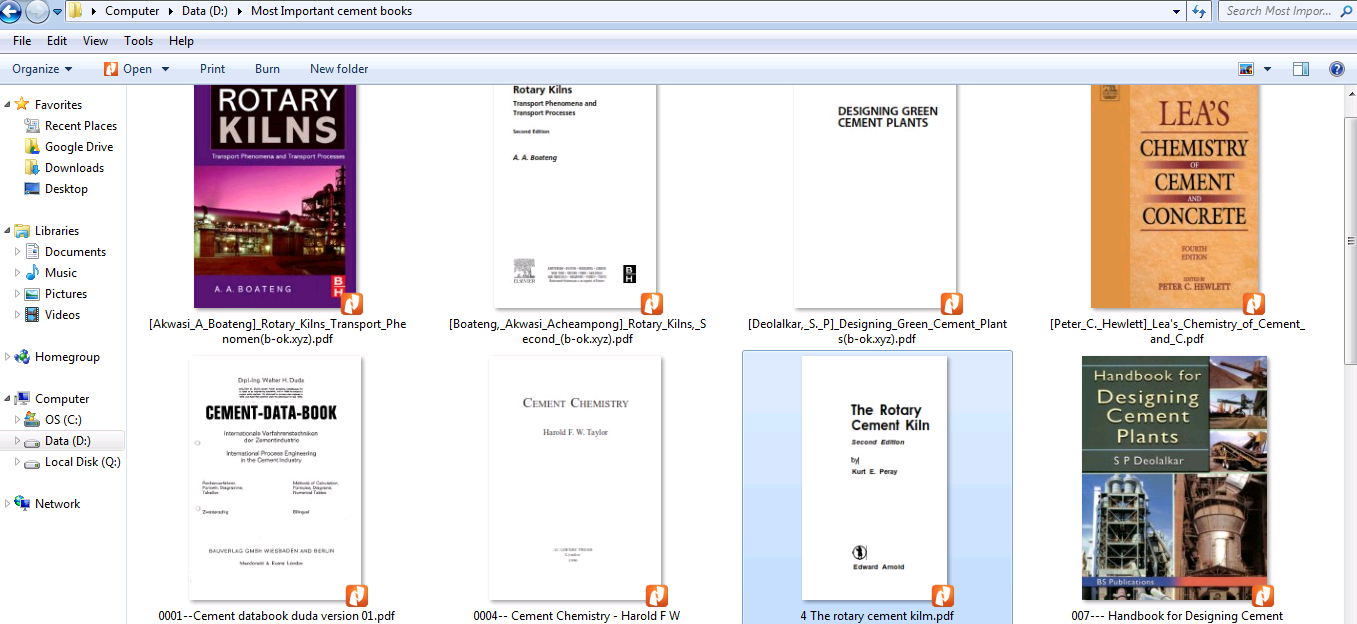
2-Innovations in Portland Cement Manufacturing , it’s 1388 Ebook consist of 10 chapters cover every aspect about Cement technology
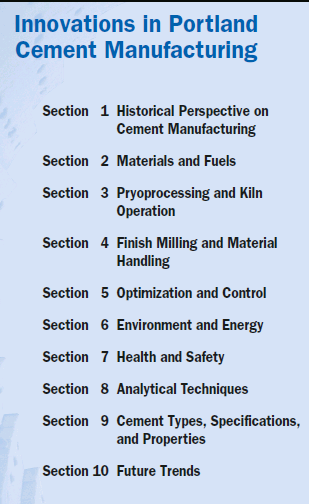
4- Cement Process Engineering By Lafarge cover every aspect and every important calculation for all process Engineers
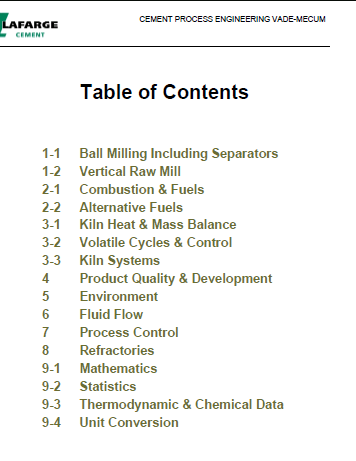
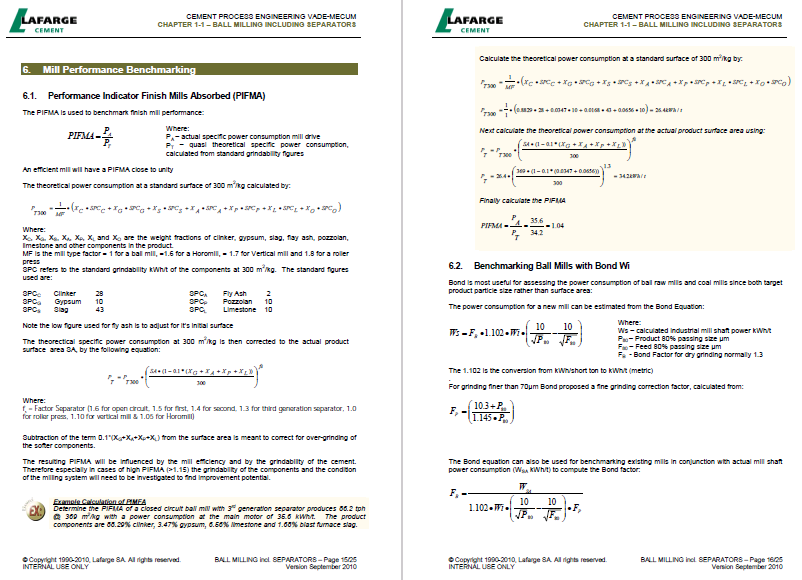
5- Cement Formula Handbook Version 2
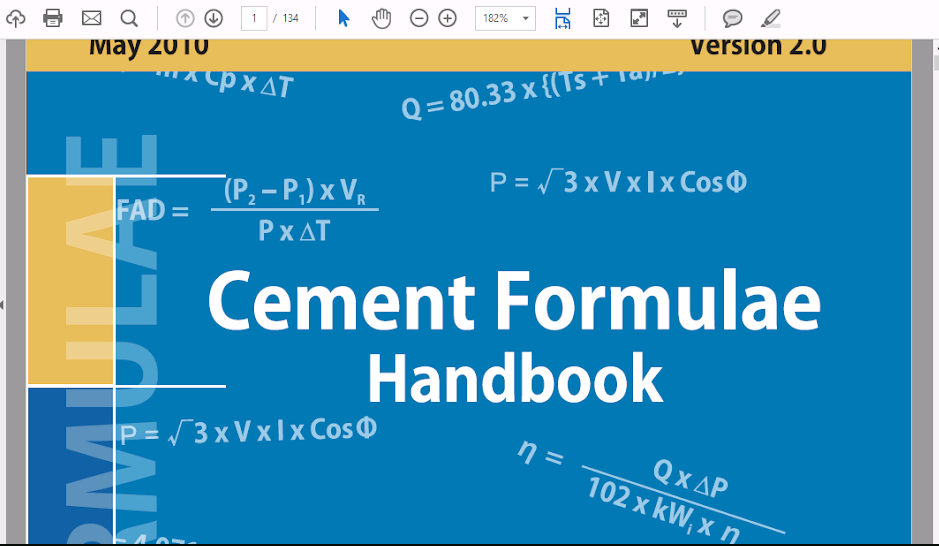
6- The Cement Plant Operations Handbook
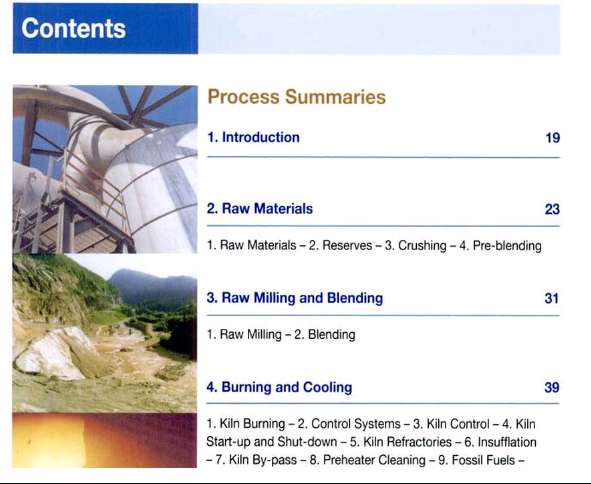
7- Cement Engineer’s Handbook
8- Handbook for Designing Cement Plants It covers almost all aspects of the design of a cement plant: machinery, lay-out, construction, electrical installation, economic feasibility studies, etc.
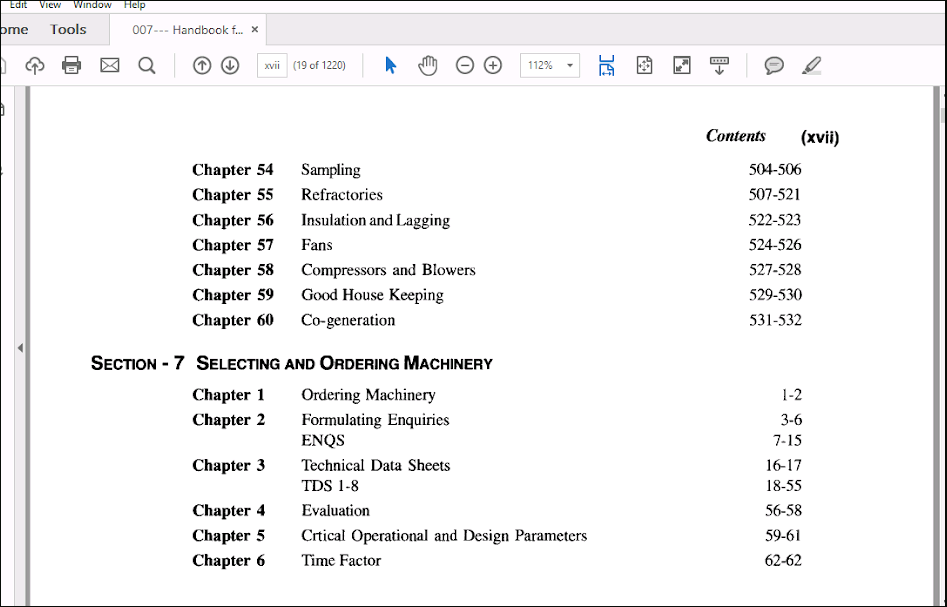
9- Cement Chemistry – Harold F W Taylor
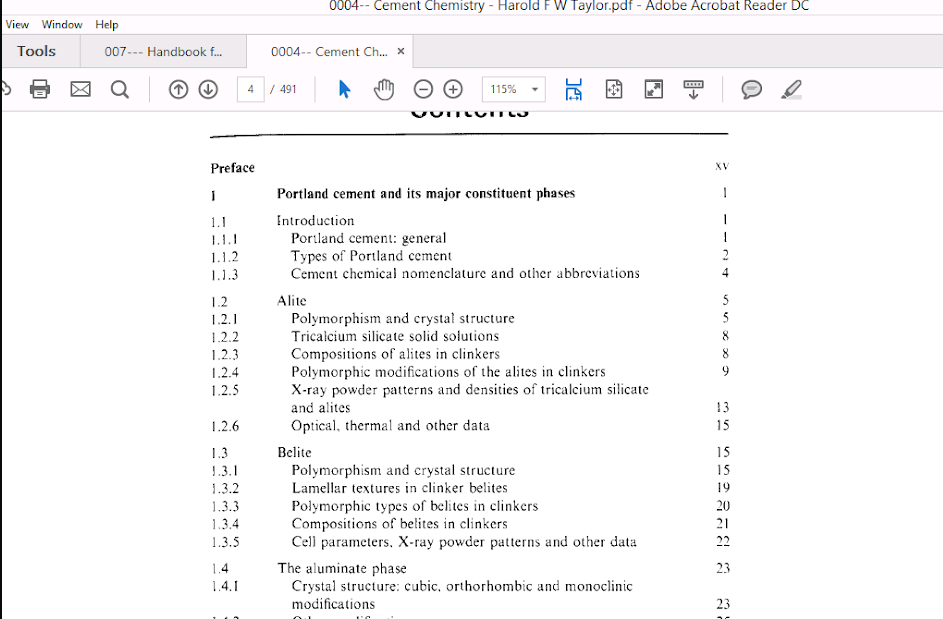
10- The Rotary Cement Kiln
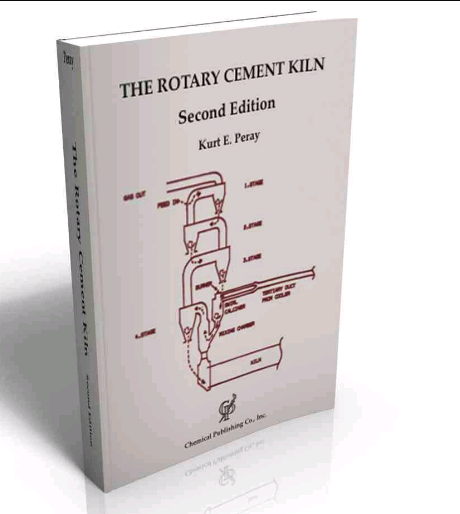
11-Cement-data-book by Walter H. Duda : Rather than a book it is a small encyclopaedia consisting of 2 volumes, covering much of the equipment and processes in the cement industry.
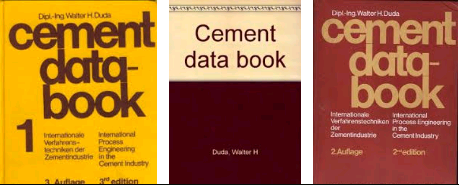
12 – Rotary Kilns: Transport Phenomena and Transport Processes
Rotary Kilns-rotating industrial drying ovens-are used for a wide variety of applications including processing raw minerals and feedstocks as well as heat-treating hazardous wastes. They are particularly critical in the manufacture of Portland cement. Their design and operation is critical to their efficient usage, which if done incorrectly can result in improperly treated materials and excessive, high fuel costs. This professional reference book will be the first comprehensive book in many years that treats all engineering aspects of rotary kilns, including a thorough grounding in the thermal and fluid principles involved in their operation, as well as how to properly design an engineering process that uses rotary kilns.
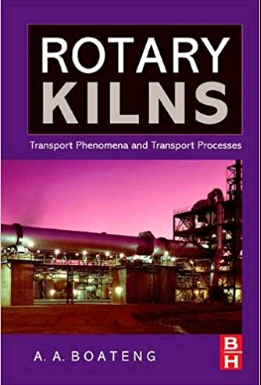
13 – Lea’s chemistry of cement and concrete ( best Edition , Fourth edition )
Lea’s Chemistry of Cement and Concrete’ deals with the chemical and physical properties of cements and concretes and their relation to the practical problems that arise in manufacture and use. As such it is addressed not only to the chemist and those concerned with the science and technology of silicate materials, but also to those interested in the use of concrete in building and civil engineering construction. Much attention is given to the suitability of materials, to the conditions under which concrete may deteriorate and to the precautionary or remedial measures that can be adopted.First published in 1935, this is the fourth edition and the first to appear since the death of Sir Frederick Lea, the original author. Over the life of the first three editions, this book has become the authority on its subject. The fourth edition is edited by Professor Peter Hewlett, Director of the British Board of Agrement and visiting Professor at the University of Dundee. Professor Hewlett has brought together a distinguished body of international contributors to produce an edition which is a worthy successor to the previous editions.
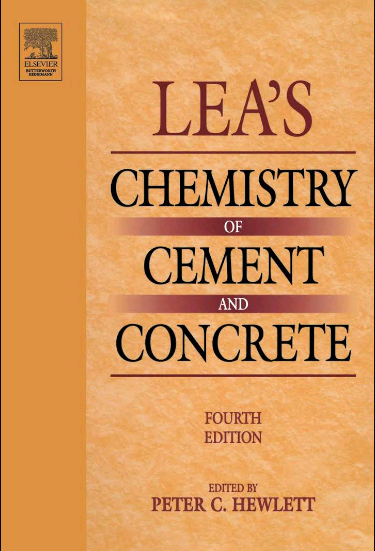
14 – Designing Green Cement Plants
Cement production is known to be a polluting and energy-intensive industry. Cement plants account for 5 percent of global emissions of carbon dioxide and one of the main causes of global warming. However, cement it is literally the glue of progress. Designing Green Cement Plants provides the tools and techniques for designing new large cement plants that would promote sustainable growth, preserve natural resources to the maximum possible extent and make least possible additions to the Greenhouse Gases that cause global warming.
Brief and but authoritative, this title embraces new technologies and methods such as Carbon Capture and Sequestration, as well as methods for harnessing renewable energy sources such as wind and solar. The author also discusses the efficient use of energy and materials through the use recycling. In addition, this book also examines thepossibilities of developing green cement substitutes such as Calera, Caliix, Novacem, Aether and Geopolymer cements.
- Includes the tools and methods for reducing the emissions of greenhouse Gases
- Explores technologies such as: carbon capture and storage and substitute cements
- Provides essential data to determining the unique factors involved in designing large new green cement plants
- Includes interactive excel spreadsheets
- Methods for preforming a cost benefits analysis for the production of green cements as opposed to conventional OPC
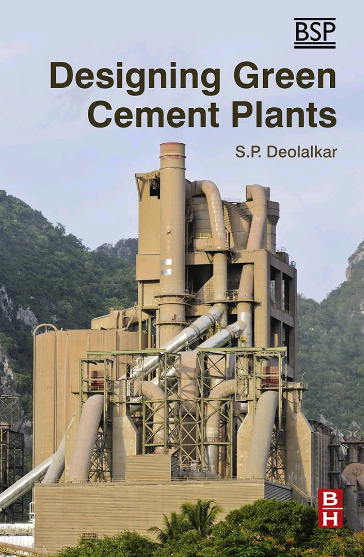
15- Refractories Handbook
This comprehensive reference details the technical, chemical, and mechanical aspects of high-temperature refractory composite materials for step-by-step guidance on the selection of the most appropriate system for specific manufacturing processes. The book surveys a wide range of lining system geometries and material combinations and covers a broad range of tests for the determination of the thermal, mechanical, strength, and resistance properties of refractories. With contributions from international specialists with widespread experience in the field, Refractories Handbook provides examples of refractory lining systems utilized in a range of industries, including glass, cement, and steel.
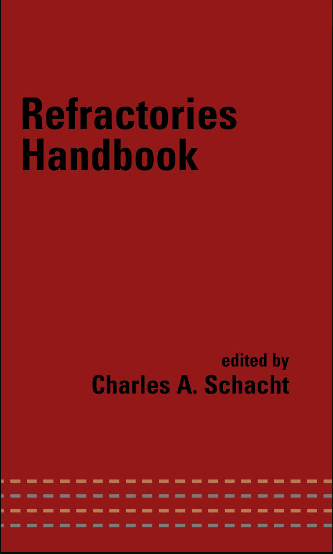
16- Excel sheet for brick calculation
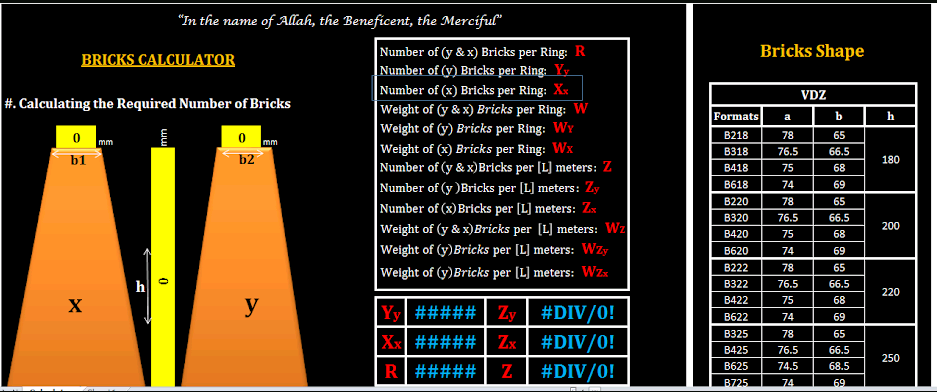
17- bucket elevator calculation excel sheet
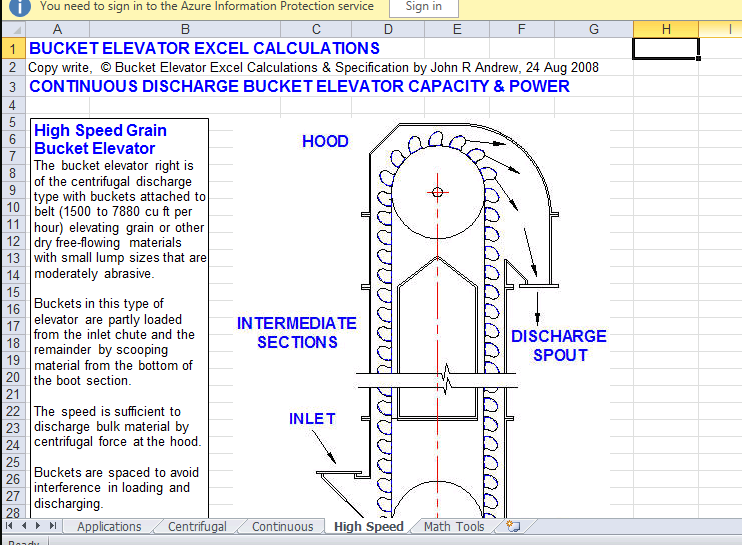
18- Flame momentum calculation Excel sheet
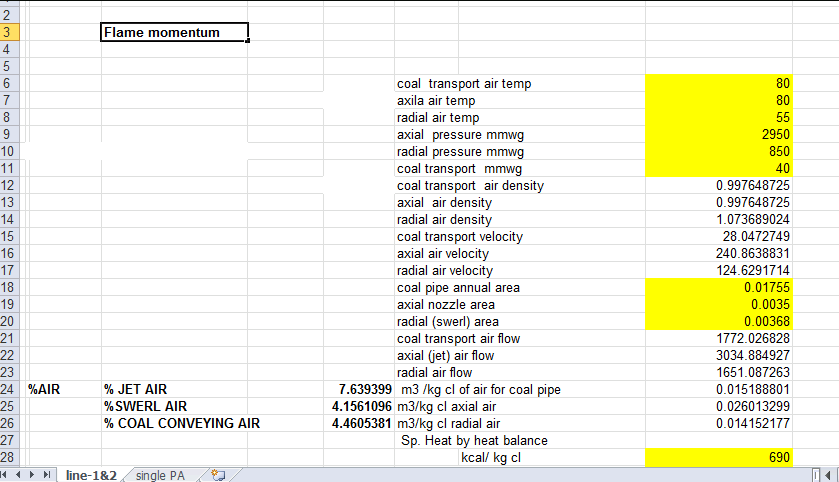
19- BALL CHARGE DESIGN calculation Excel sheet
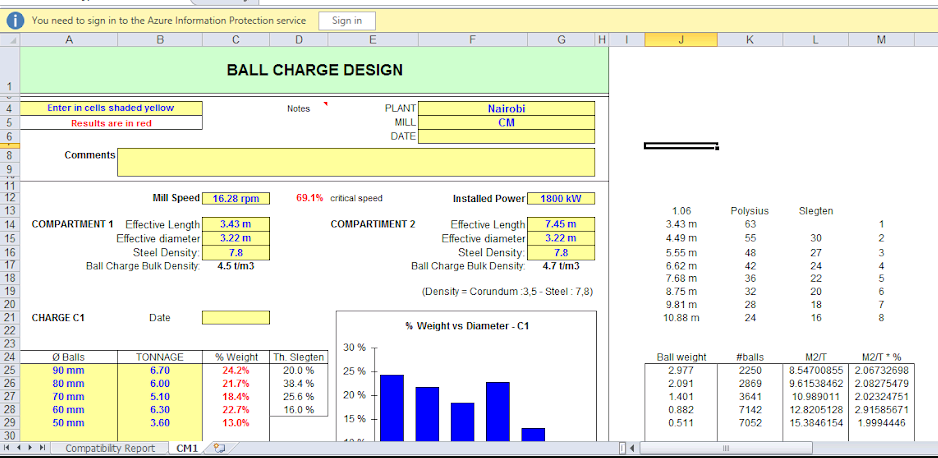
20- cyclones design Excel sheet
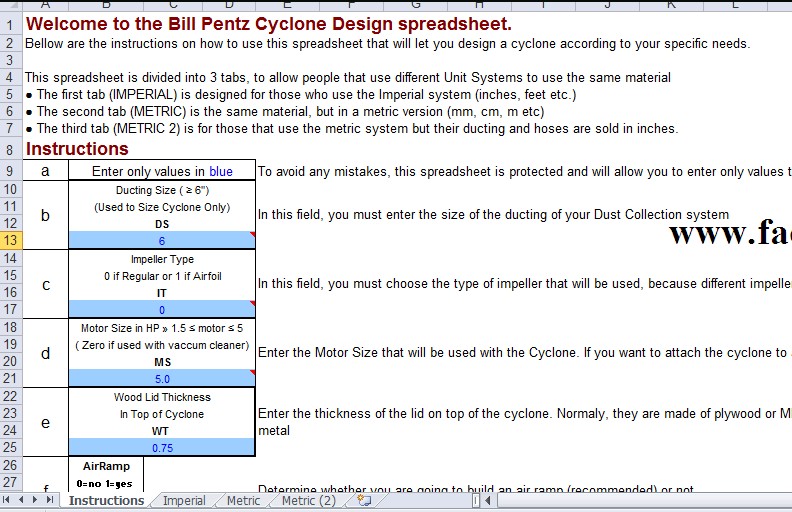
21- all the formulas and reference values of cement industry
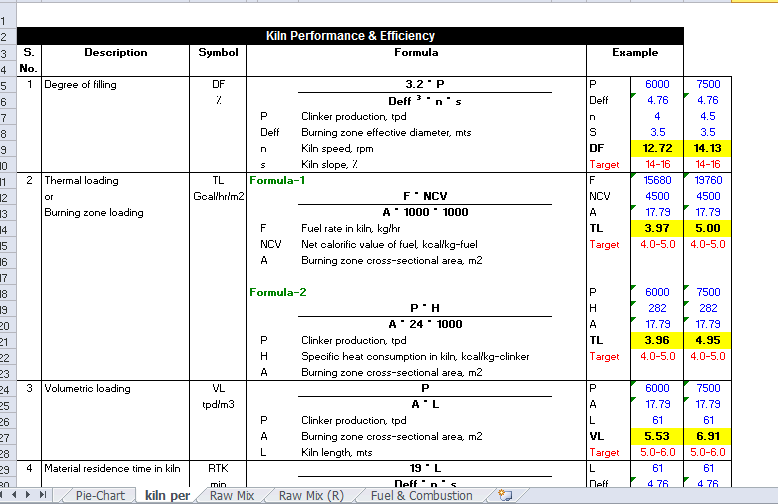
22- Heat-Balance-Calculations Excel sheet
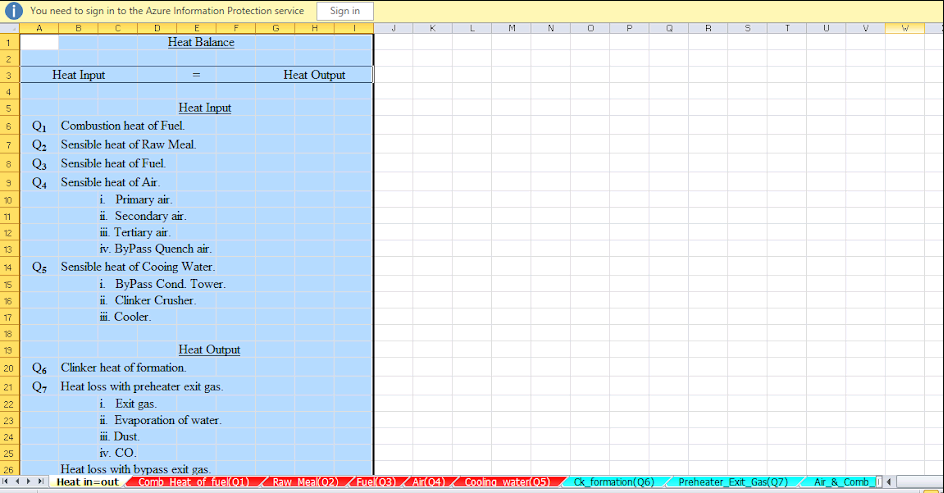
23-Raw Mix Design two sheets
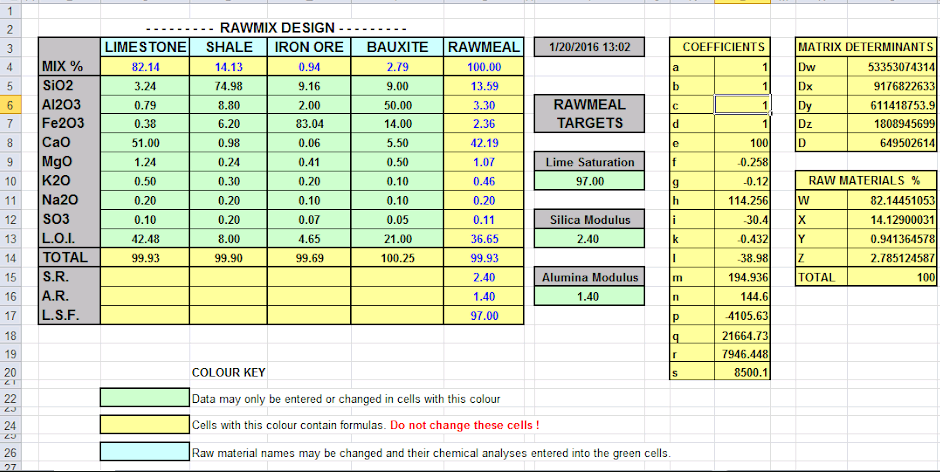
if you are interested to get all these Materials